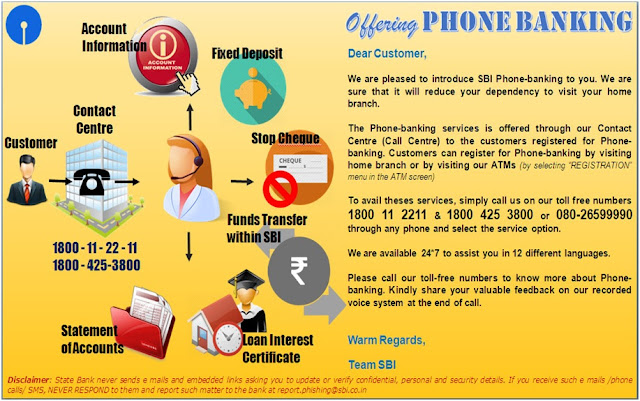Firms across the globe have adopted e-commerce (EC) in their operations and have reaped benefits thereof. While firms in technologically developed countries like US and UK has deployed EC to its advantage, whereas firms in developing countries like India failed to follow the suit. Though it has been widely acknowledged by the researchers that the adoption of EC by businesses in developing countries is an important economic indicator of growth; many firms in India still have not realized the potential benefits of EC. This study examines the existing status of EC in India and reviews the available literature on E-commerce adoption in India and puts forth opportunities for future research. The study might serve as a starting point for further research in e-commerce in India.
Exclusive Interview: Shopping experience and e-commerce for rural India

India lives in its villages, and with more than 600,000 villages, it is a market that every vendor wants to cater to. However, despite the size of the market, it is an extremely fragmented market and difficult to reach. The Indilens News Team, which owns Indilens Shopping Lens, an eCommerce portal, is going to take this challenge head on and is now reaping the benefits of being a player with huge focus on rural India. To get more details on the strategy adopted by the firm, Our representative has spoken with Main Uddin, the Founder & CEO of Indilens News Team and Focus A-Z entertainment private Limited.
Some edited excerpts:

Please tell us about Indilens.in ?
Indilens.in is essentially a rural eCommerce portal. From many years we have been in the rural distribution space and have distributed large number of various products as well as event management projects. Actually, we are news provider cum publisher ( http://indilens.com ) but we have another Job portal too which is running on http://indilens.org .
Rural market is typically one of those dark spaces of India where factors like issues of the last mile reach, poor connectivity, etc, forces marketers to keep working in the urban and metro areas. So for us it was the white space as it gives you the opportunity to develop the business model that’s unique and you don’t face much competition. Otherwise you need to do what everyone else is doing.
So we chose this space and our whole strategy was to work with organizations who are already present in rural markets and have a good influence over customers. So we are willing to work with NGO’s, micro finance institutions, agri post, department of post. These are all organizations that have a captive customer base, enjoy high credibility with the customers and also have a fair amount of influence over the customers. So that’s the way we have been working over time.
The typical challenges related to the rural marketing are customer acquisition. To acquire customers at a low cost is a big challenge as this market is fragmented. Today there are over 600,000 villages in India and most of them have population less than 2000. So it’s a very fragmented market and difficult to reach, so we learnt how to access customers. We manage cash collection and lastly we were able to hold last mile reach and the delivery of products and then servicing of products.
What are the products that rural customers are buying from your eCommerce portal?
Typically, while we were giving them daily needed products (conventional and non conventional), they were telling us to give mobile phones and television. It was very difficult for us to relate to that in the beginning but then it occurred to us that in our model we were pushing products which we thought they need and they definitely need these products and solar lamps have large amount of customer pull because the situation in the southern states has not been great in the last few years. But then we thought you know it is good to move to a model which is dictated by customer preferences.
We have been funded by working partners till now. We decided that we will work on an assistance sale model, because the rural customer is unlikely to go to the internet and click. You would need somebody to click on their behalf and take the order.
Some of the products we have in Indilens.in are consumer durables like television, refrigerator, electronics like mobile phone, cameras, cookware like nonstick Tawas and induction stoves. Induction stoves is a great example of how aspirational the rural customers are.
How many products have you approximately delivered in these areas?
We want to move into an eCommerce mode in January. From selling 100s and 1000s of solar lamps and other products, we want to move to selling products like 700 refrigerators so far. We want to sell some television, canon cameras, induction stove, nonstick Tawas, sarees and artificial jewelry.
Are you facing any competition in this space?
It’s really a white space market. There isn’t much competition in the market. Competitor helps expand the market and develop the market but right now it’s really white space market. But we do expect that as we pioneer this space, there are more people coming in because that makes lives easier for the rest.
How mobility is helping your business to expand?
In fact, app is probably the single biggest selling tool for us. The app works as an e-catalogue. So we have assistance sales agents all over the place starting with our partner organizations like NGO’s and India Post. They are customer facing and they show the e-catalogue through the mobile app. This becomes an essential feature as a selling tool. Through the apps, we can also take the orders and the data connectivity is very poor in India. With regards to this we have developed the app in such a way that we can actually take order even without data connectivity.
Today the eCommerce market is expanding by leaps and bounds. So what do you think will be the future of this space?
Very clearly, the way the market has grown so far, it’s not really sustainable because huge money is spend into customer acquisition. Customer acquisition is critical only if you are able to retain the customer. It makes enormous sense to acquire customers whatever the price provided you are able to extract the lifetime value of the customer.
So in our business, we don’t want to mess up the market, as it’s a virgin market. It’s not been spoilt by other players so why would we go and risk our game. The problem we are solving is the problem of access as they don’t have access. It’s important to acquire customers and retain them. It’s also important to avoid the discount game. It’s important to be a niche player for example the rural space is massive. You need to be different and not work in the same space as it’s not a level playing field. It depends on how specialized you are as an eCommerce player.















.jpg)

0 comments:
Post a Comment
PROFESSIONAL BLOGGER ACCOUNT OPENING FREE